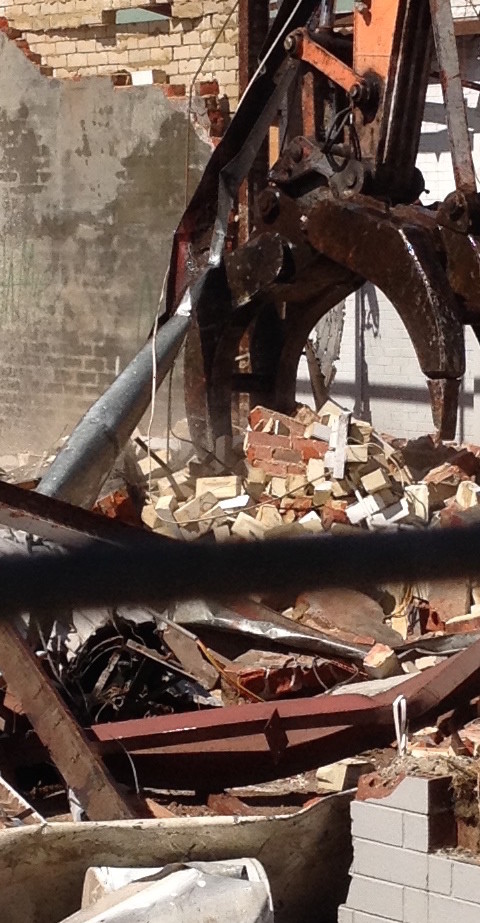de-nailed and dressed, is it worth the trouble?

When Western Australia was settled by Europeans in the 1800’s the land had to ‘cleared and conquered’ to establish farmland for crops and sheep. ‘A million acres a year’ was the catch cry in the early 20th century- to strip bare the land and start afresh was seen as the preferred and necessary option.
Forests with mature high trees were included in the clearing. In the south west of WA, forest trees such as jarrah (Eucalyptus marginata), a strong hardwood, also became a building material both locally and as an export. Blocks of jarrah were used in road making in the UK for example.
Many early houses in Perth were made from jarrah timber. More resistant to the notorious white ant munchers and seemingly in abundance jarrah was used without caution.
So where are we now? In 2001 WA Gmt decreed there would be no more logging of old growth native forest in WA. This results in jarrah theoretically becoming more valuable by being more scarce. Big, long and wide jarrah timber is restricted to salvaging from demolition.
However as is all in a market economy, the value of the material comes to the dollar cost of collection and production to the price possible to be made in the marketplace. Jarrah being a hard wood is very tough when old (salvaged from buildings). It must be de-nailed and is difficult to use with a nail gun, making the timber really only economically suitable for boutique or handy use.
But old stuff has a story and by using this material we can contribute in many ways to this story.
Greg Miller from The Joy of Wood sees value in extending the working life of discarded wood. Wood can work for hundreds of years if we care for its integrity. Greg despairs at jarrah houses in Perth being rumbled daily to make way for buildings in concrete and metal. Wood is a carbon sink, where manufactured materials expel massive carbon into the atmosphere.
Salvaged wood comes from many sources. Heavy manufactured items, such as glass sheets from Arab Emirates (lots of sand here to make glass. The wooden packing crates are imported though, as there are no forests!) Loads of goods come daily in shipping containers on pallets. These must be treated if coming from overseas. Either a heat treated (HT) or chemical, methyl bromide (MB) stamp should found on the pallet along with country of origin.

packing crate for glass from Arab Emirates (Heat Treated HT)




